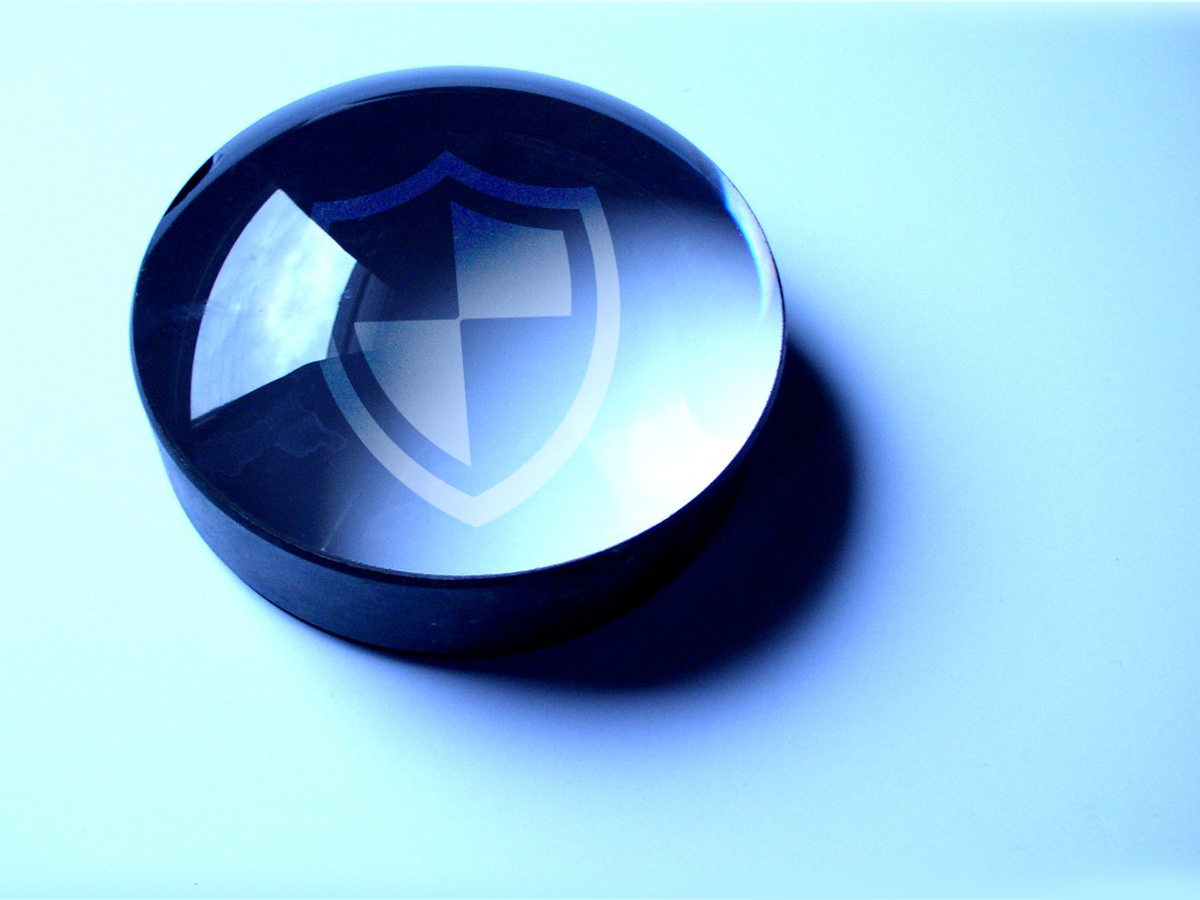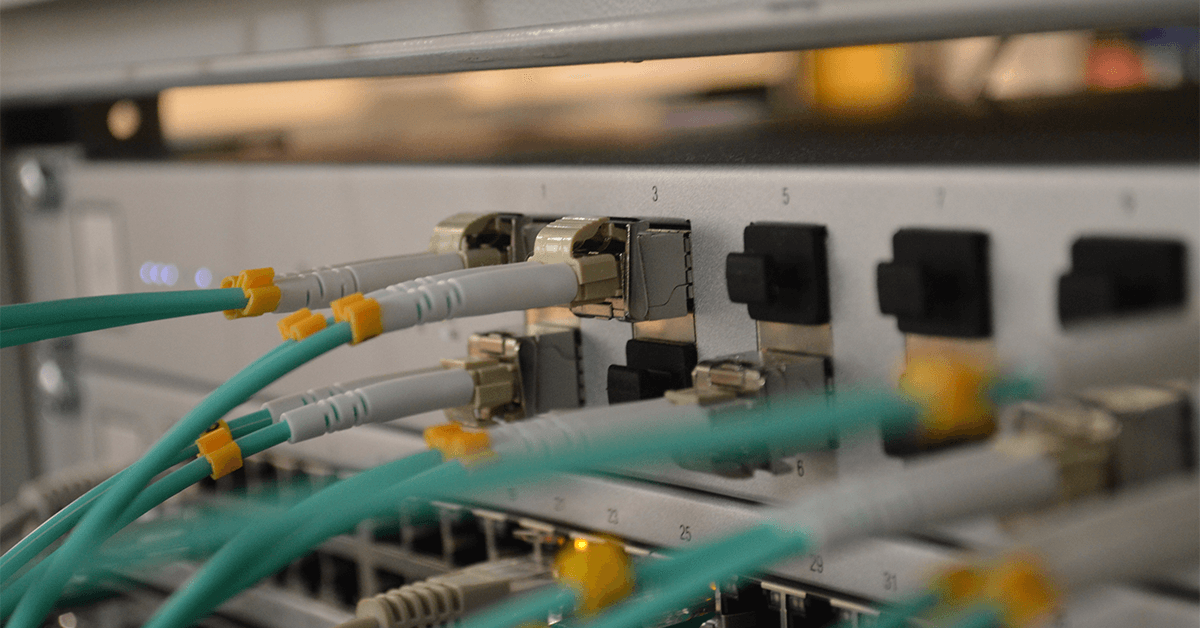3 Cloud Computing Trends to Watch For
Three cloud computing trends we'll see next year are new public hybrid cloud options like AWS outposts, acceleration of a cloud-first posture, and the rise of serverless architectures as...
Leading the way in Network Technology





